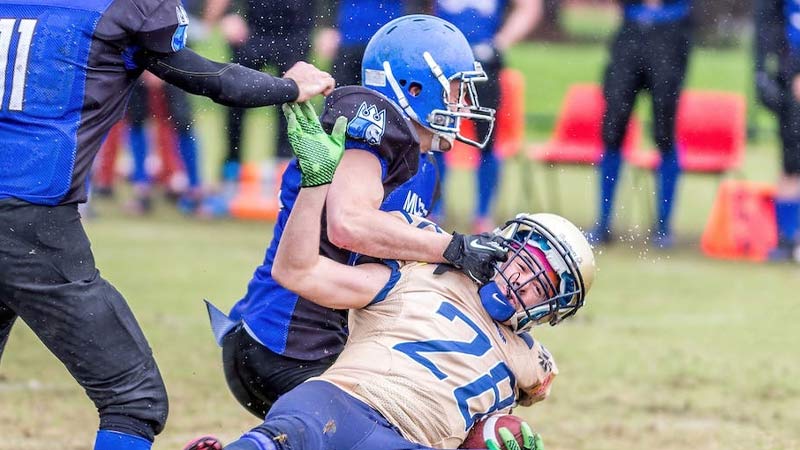Football, a sport that combines athleticism, strategy, and teamwork, is known for its dynamic nature and thrilling moments on the field. Amidst the cheers and touchdowns, there exists a set of rules and regulations that govern the game and maintain its fairness.
One crucial aspect of these rules is the concept of penalties, which can significantly impact the flow and outcome of a football game.
In this comprehensive guide, we delve into one specific category of penalties – the 15-yard penalties – and shed light on their intricacies, implications, and how they shape the game.
List of NFL 15 Yards Penalties
In NFL, there are lots of 15 yard penalties that the system follows. Among them, the following 10 penalties are the most important ones.
Blocking a Kicking Team Player Out of Bounds
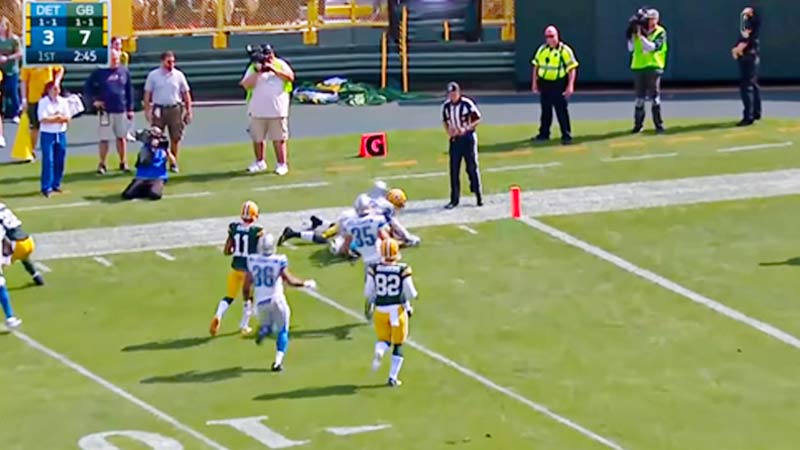
This penalty occurs when a player from the receiving team blocks a player from the kicking team out of bounds during a kick play, such as a kickoff or punt.
It’s a safety measure to prevent unnecessary and potentially dangerous actions near the sidelines.
Chop Block
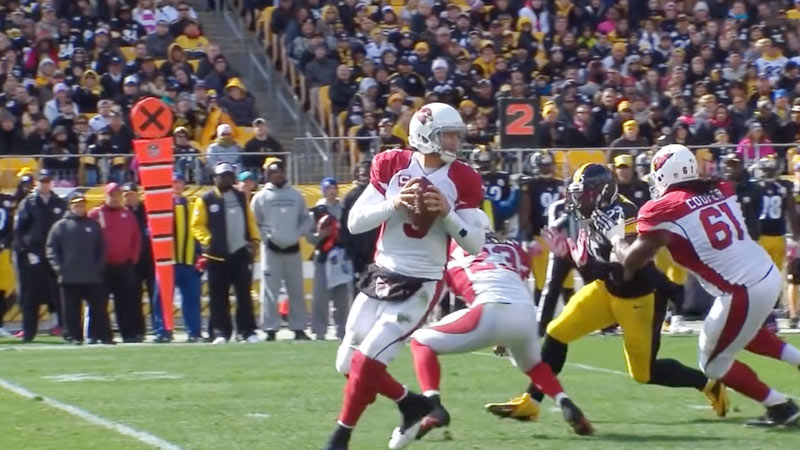
A chop block penalty is called when an offensive player engages a defensive player high (usually above the waist) while another offensive player engages the same defensive player low (usually below the waist) simultaneously.
This type of block can lead to serious injuries and is prohibited to maintain player safety and fairness.
Illegal Motion
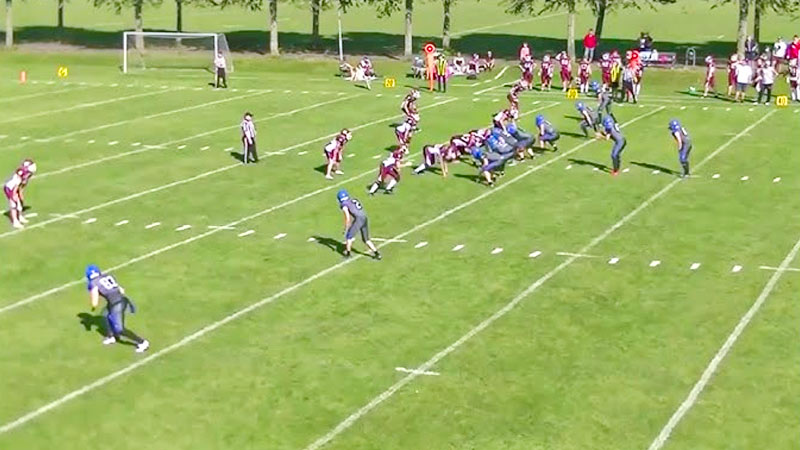
This penalty is called when an offensive player is in motion at the time of the snap. In American football, offensive players must be stationary for a moment before the ball is snapped, except for one player who is allowed to be in motion parallel to the line of scrimmage.
Illegal motion penalties are assessed if more than one player is in motion or if a player goes towards the line of scrimmage before the snap.
Clipping
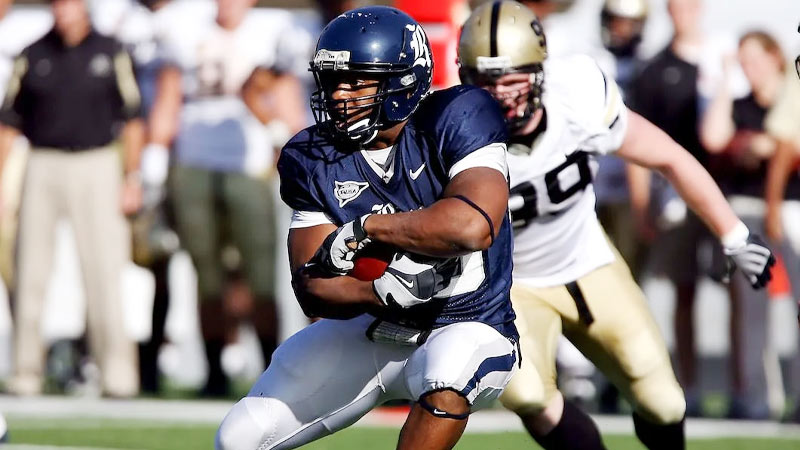
Clipping is called when an offensive player blocks a defensive player from behind at or below the waist.
This action is generally considered dangerous and can lead to injuries, particularly to the legs and knees. Clipping is penalized to promote player safety.
Defenseless Player
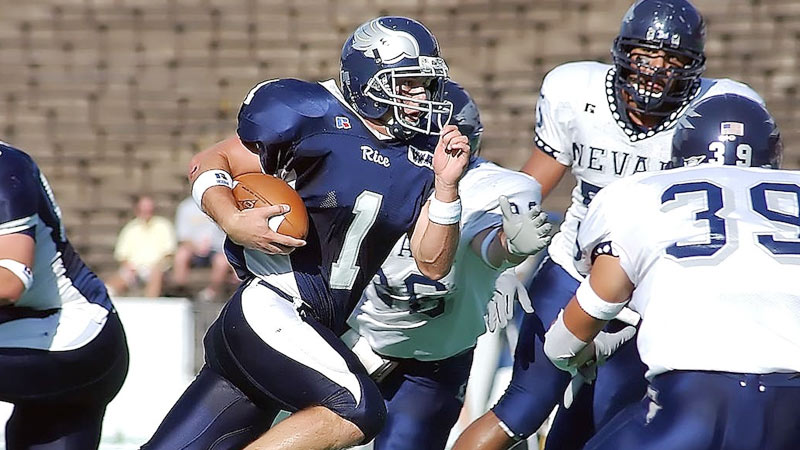
This penalty is assessed when a player is hit in a way that is deemed unfair due to their inability to protect themselves. Examples of defenseless players include those who are in the act of throwing a pass, trying to make a catch, or who have just completed a catch and haven’t had the opportunity to defend themselves.
Hitting such players in a dangerous manner, such as leading with the helmet, can result in a defenseless player penalty.
Disconcerting Acts or Signals
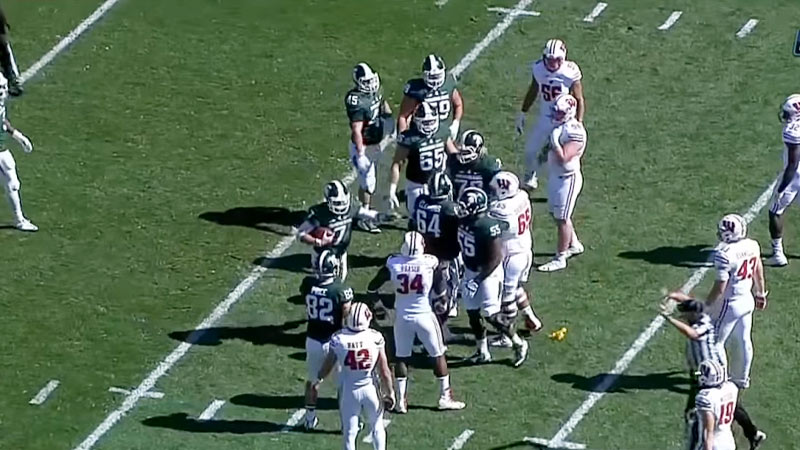
This penalty is called when a defensive player engages in actions or makes signals that are intended to confuse or disrupt the opposing team’s offensive snap count or play-calling.
This includes simulating the snap count, yelling to mimic signals, or other actions that could potentially cause the offense to make a mistake.
Disqualification
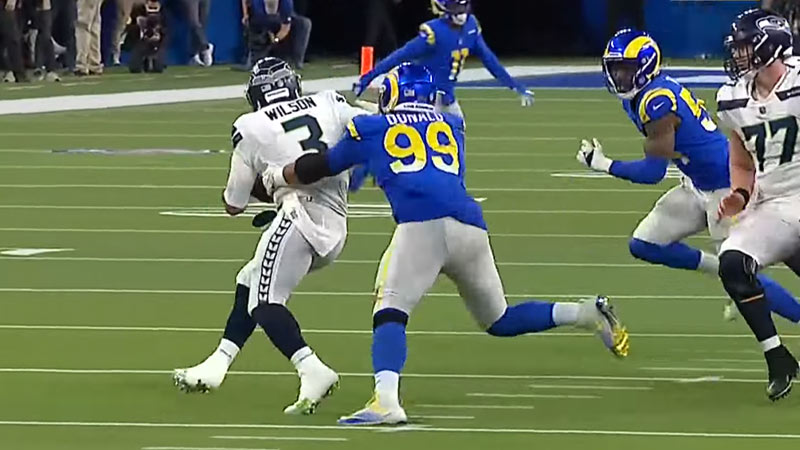
A player can be disqualified from the game if they commit a severe violation of the rules, such as a flagrant personal foul or unsportsmanlike conduct.
Disqualification means the player is removed from the game and must leave the playing area. It’s a penalty that’s reserved for serious misconduct.
Illegal Blindside Block
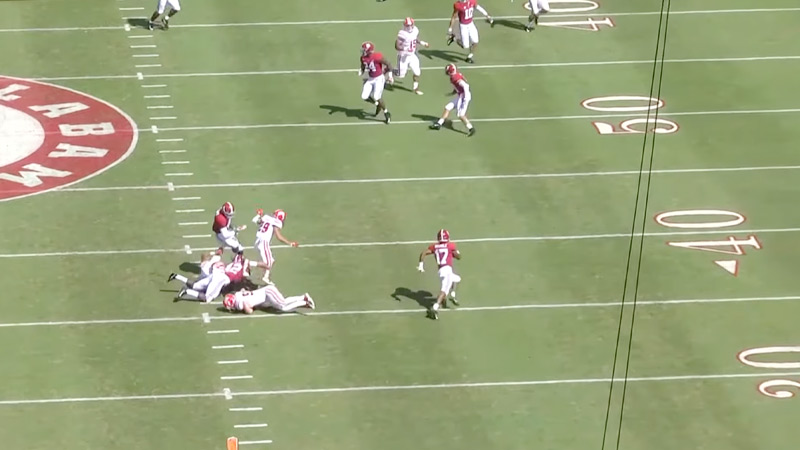
This penalty is assessed when a player delivers a block against an opponent who is unable to see the impending hit coming.
The NFL implemented this rule to protect players from dangerous blindside hits that can cause serious injury. The penalty is called if the block is deemed to be unnecessary or excessively forceful.
Excess Timeouts
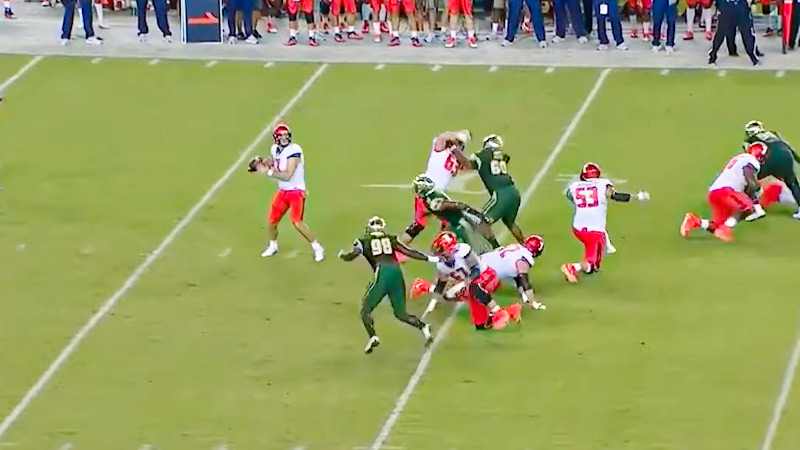
Each team is allowed a certain number of timeouts per half to stop the game clock and discuss strategy.
If a team uses more timeouts than they are allotted, they are penalized with an “excess timeouts” penalty. This results in a 15-yard penalty against the offending team.
Excessive Celebration
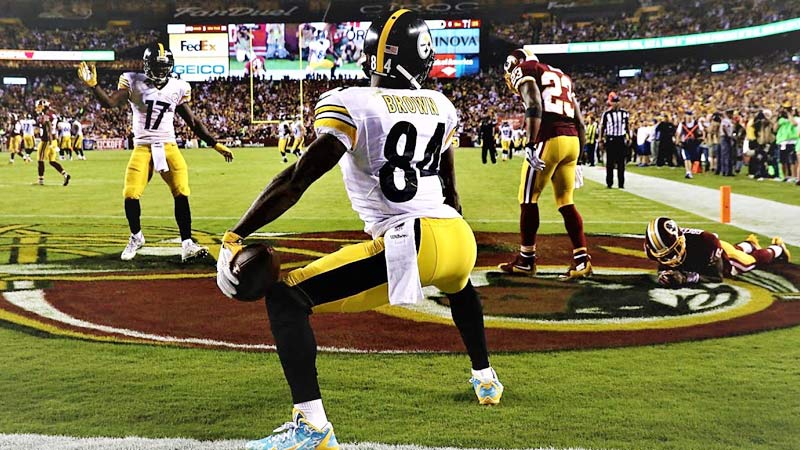
While celebrations are a part of the game, the NFL has rules in place to prevent excessive or prolonged celebrations that could delay the game or taunt opponents.
If a player or a group of players engage in celebrations that are deemed excessive or in poor taste, it can result in a 15-yard penalty. The league aims to maintain a balance between allowing players to express themselves and keeping the game focused on sportsmanship and fair play.
These penalties are designed to uphold the integrity of the game, ensure player safety, and promote fair competition among teams.
List of NCAA 15 Yards Penalties
Here are some NCAA 15 yards penalties list
Illegal Block in the Back
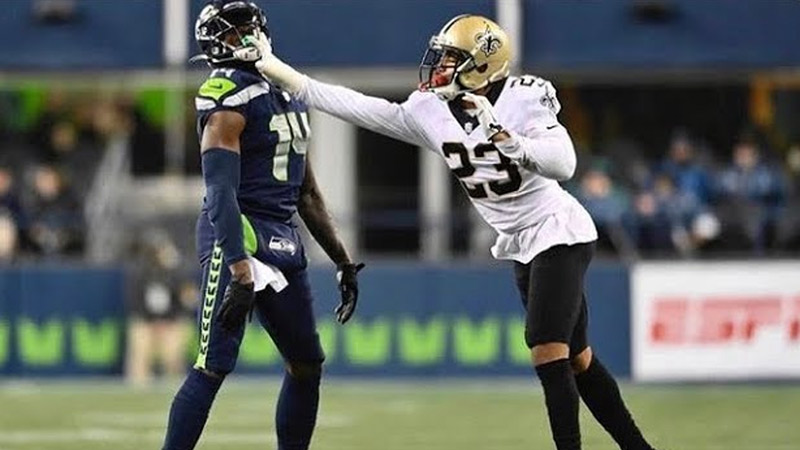
An Illegal Block in the Back penalty occurs when a player from the offensive or defensive team makes contact with an opponent from behind, below the waist, and outside of the opponent’s field of vision.
This type of block is considered dangerous and can lead to serious injuries. The penalty is typically called when a player is attempting to impede the progress of an opponent who is not directly facing them.
It is crucial to ensure player safety, and thus this penalty results in a 15-yard setback from the spot of the foul. The offending team will also lose the down and will have to repeat the down after the penalty enforcement.
Chop Block
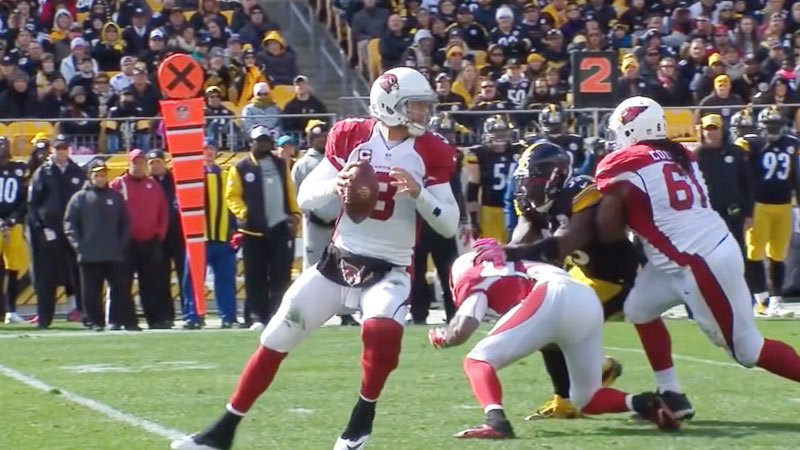
A Chop Block penalty is called when two offensive players attempt to block a defensive player in an illegal manner. This occurs when one offensive player engages a defender above the waist, while another offensive player engages the same defender at or below the waist almost simultaneously.
This type of block is dangerous and can cause significant injury to the defender. To protect player safety, a 15-yard penalty is enforced from the line of scrimmage.
The offending team also loses the down and must repeat the down after the penalty enforcement.
Clipping

Clipping is called when an offensive or defensive player blocks an opponent from behind at or below the waist, causing the opponent’s legs to be taken out from under them.
This type of block is considered hazardous as it can lead to severe knee injuries. The penalty is enforced by moving the ball back 15 yards from the spot of the foul. The down is replayed after the penalty enforcement.
Tripping
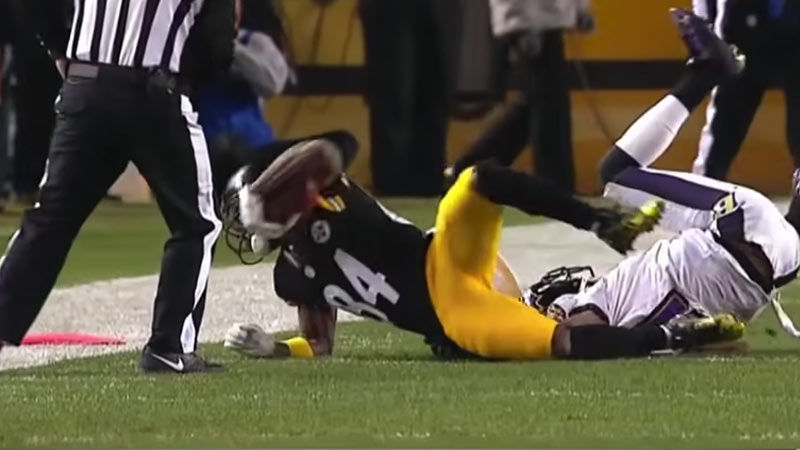
Tripping occurs when a player uses their leg, foot, or lower leg to obstruct an opponent, causing them to trip or fall. This action is typically seen as unsportsmanlike conduct and is prohibited to ensure fair and safe play.
A 15-yard penalty is assessed from the line of scrimmage, and the down is replayed after the penalty enforcement.
Intentional Grounding
Intentional Grounding is a penalty called against a quarterback who intentionally throws an incomplete pass to avoid a sack when there is no eligible receiver in the vicinity of the pass.
To avoid this penalty, the quarterback must be out of the tackle box and throw the ball beyond the line of scrimmage.
If the quarterback fails to meet these requirements, a 15-yard penalty is imposed from the spot of the foul. Additionally, the offense loses the down, resulting in a loss of both yardage and a down.
Illegal Forward Pass
An illegal forward pass occurs when a player throws the ball forward beyond the line of scrimmage. In NCAA football, the line of scrimmage is the point where the ball was placed at the start of the play.
A forward pass is only allowed if it is thrown from behind the line of scrimmage. If a player throws the ball forward beyond the line of scrimmage, it results in a penalty.
This penalty usually occurs when a player is attempting to throw a second forward pass after a legal forward pass has already been thrown during the same down. The penalty for an illegal forward pass is a loss of down and a 5-yard penalty from the spot of the foul.
Sideline Infractions
Sideline infractions refer to penalties that involve players, coaches, or other team personnel encroaching upon the designated sideline area during the game. NCAA rules specify that players and non-playing personnel must remain within the designated team area on the sideline during the game.
If players, coaches, or other staff step onto the field of play or go beyond the allowed boundary of the team area, it results in a sideline infraction penalty. This penalty is generally 15 yards and may be assessed against the team committing the infraction.
Too Many Players on the Field
A “Too Many Players on the Field” penalty occurs when a team has more than the allowed number of players on the field of play at the snap of the ball. In NCAA football, only 11 players from each team are allowed on the field during a play.
If a team has more than 11 players on the field when the ball is snapped, it results in a penalty. This penalty is typically 5 or 15 yards, depending on the situation and severity, and is assessed from the line of scrimmage.
Delay of Game
A “Delay of Game” penalty is called when the offense fails to snap the ball within the allotted time after the referee signals that the ball is ready for play. In NCAA football, the offense has a specific amount of time (usually 25 seconds) to snap the ball once the previous play has ended.
If the offense takes too long to snap the ball and causes a delay, a penalty is assessed. The penalty for delay of game is generally 5 yards and is assessed from the line of scrimmage.
Equipment Violation
An “Equipment Violation” penalty occurs when a player wears illegal or non-regulation equipment during the game. This can include items like jewelry, clothing, or accessories that are not allowed by NCAA rules.
The penalty for an equipment violation is typically 15 yards and may be assessed against the player or the team.
These NCAA 15-yard penalties are designed to prioritize player safety, maintain fair play, and uphold the integrity of the game.
The penalties not only result in a significant yardage setback but also impact the down and potential possession changes, emphasizing the importance of adhering to the rules and regulations of the sport.
FAQs
What are 15-yard penalties in football?
15-yard penalties are rule violations that result in a 15-yard yardage loss for the offending team. These penalties are typically more severe than 5-yard penalties and can significantly impact field position and gameplay.
How are 15-yard penalties assessed during a game?
When a 15-yard penalty is called, the referee determines the spot of the foul – the location on the field where the violation occurred. The ball is then moved back 15 yards from that spot, potentially affecting the offense’s progress or the defense’s positioning.
What are some common examples of 15-yard penalties?
Common 15-yard penalties in football include unsportsmanlike conduct, unnecessary roughness, and personal fouls. These penalties often involve aggressive or disrespectful behavior and can be committed by players, coaches, or other team personnel.
How can 15-yard penalties impact a team’s performance?
15-yard penalties can drastically change the momentum of a game. A single penalty can move a team from a favorable field position to a challenging one, making it harder to score or stop the opposing team’s advances.
Are there any exceptions to the 15-yard penalty rule?
While 15-yard penalties are generally assessed for specific types of rule violations, the severity of the penalty can sometimes vary based on the situation and referee discretion. In some cases, particularly severe violations might even lead to player ejections.
Wrapping Up
In the high-stakes world of football, understanding the nuances of penalties is crucial for players, coaches, and fans alike. The 15-yard penalties, with their potential to alter the course of a game, highlight the importance of discipline, sportsmanship, and adherence to the rules.
As the drama unfolds on the gridiron, these penalties serve as a reminder that while raw athleticism is captivating, a deep respect for the game’s regulations is what ultimately upholds its integrity and ensures a fair and thrilling competition.
So, the next time you watch a game, keep an eye out for those yellow flags – they just might hold the key to deciphering the unfolding drama on the field.
Thank you for staying with us.

